Assam, MINA – Floodwaters have inundated more of Bangladesh and northeast India, officials say, as authorities struggle to reach more than 9.5 million people stranded with floods-batter-bangladesh">little food and drinking water after days of intense rain.
According to Al Jazeera on Tuesday, particularly heavy monsoon rain has brought the floods-hit-bangladesh-india">worst floods in decades in some parts of low-lying Bangladesh and India’s Assam state, killing more than 100 people over the past two weeks.
Monsoon rains in South Asia typically begin in June. But this year heavy downpours lashed northeastern India and Bangladesh as early as March, triggering floods as early as April in Bangladesh.
With rising global temperatures due to climate change, experts say the monsoon is becoming more variable, meaning that much of the rain that would typically fall in a season is arriving in a shorter period.
Also Read: Turkish Intelligence Chief Meets Hamas to Discuss Ceasefire
Bangladeshi Prime Minister Sheikh Hasina flew over some of the flood-hit areas on Tuesday, looking down on huge tracts covered by brown water, broken up by an occasional outcrop of land, television footage showed.
So far, Bangladesh authorities have reported at least 32 deaths.
In Sylhet, one of the worst-hit areas in the extreme northeast of the country near the border with India, villagers waded, swam and paddled makeshift rafts or small skiffs to a boat delivering aid that had moored to one shelter, its ground floor covered half way to the ceiling with water.
Reporting from Sylhet, Al Jazeera’s Tanvir Chowdhury said “things are much more severe and worse in rural areas” of the district.
Also Read: Former Iranian Diplomat Says Afghan Migrants Not Linked to ‘Enemy Spies’
“We drove miles and miles and saw village homes washed away and submerged. People are desperately in need of dry shelter, they need fresh water and food,” he said. “We have visited shelters which are overcrowded and are getting very limited relief.”
Chowdhury said more than 100,000 people have been evacuated from the area but many still need rescuing. “Many experts and people are urging the government to declare this region as an emergency disaster zone,” he said.
The low-lying village along the Surma river is prone to flooding, but with the extreme rainfall at the start of this year’s monsoon season, villager Mehedi Hasan Parvez said he has never seen anything this bad.
“In some cases, even the second storey of buildings has been inundated,” the local businessman said, sitting in a small boat as he waited his turn to receive a package of rice, canned goods and other staples.
Also Read: Houthi Launch Another Missile Attack on Israel
“Some people have been without water at home for three days,” he said. “They have no food at home and can’t get to the market to buy supplies.”
At a makeshift shelter, a woman shared a small room with more than a half dozen others and two of her family’s cattle, saying she had been left with little choice.
“My house has been destroyed by the floodwaters,” said the woman, who identified herself only as Jainabunnesa.
UNICEF said about four million people have been cut off by the floods in the country’s northeast and are in urgent need of help.
Also Read: “Rohingya Youth Killed by Landmine While Delivering Food to AA Militants”
The UN agency also said 90 percent of its health facilities have been inundated and cases of waterborne diseases are increasing, as it urgently sought $2.5m to supply water purification tablets, emergency medical supplies and water containers.
“Four million people, including 1.6 million children, stranded by flash floods in northeastern Bangladesh are in urgent need of help,” UNICEF said in a statement.
In some areas, the Bangladesh military dropped sacks of relief supplies from helicopters to people waiting on rooftops, TV footage showed.
Syed Rafiqul Haque, a former legislator and ruling party politician in Sunamganj district, said flood shelters were crammed with people. “Many people are still without food and water,” he said. “Cries for help are getting louder.”
Also Read: Kuwaiti Academics Call for Boycott of Universities Supporting Israeli Aggression in Gaza
Extreme weather in South Asia has become more frequent and environmentalists warn that climate change could lead to even more serious disasters.
Atiqul Haque, director general of Bangladesh’s Department of Disaster Management, said three more districts in northern and central parts of the country had been flooded.
“The local administration along with army, navy, police, fire and emergency services personnel and volunteers have been engaged in rescue and relief operations,” Haque said.
In Assam state in neighbouring India, flooding has cut off three districts in the Barak valley and the water in parts of the region’s main city of Silchar is waist-deep, authorities and residents said.
Also Read: Iran’s Defense Minister Visits China Amidst Ceasefire
“The situation is extremely serious,” Assam Chief Minister Himanta Biswa Sarma told Reuters. “We will try to airlift fuel to Silchar and the other two districts immediately.”
Assam authorities reported 10 more flood-related deaths on Tuesday, bringing its total to more than 80, with over a dozen killed in landslides.
Indian army and paramilitary troops have been called in to help with rescue operations.
Assam and neighbouring Meghalaya state have received 134 percent more rainfall than the average at this time of the year, according to data from the state-run India Meteorological Department.
Also Read: Iran’s Supreme Leader Congratulates the Nation on ‘Glorious Victory’ Over Israel
In Mawsynram and Cherrapunji, among the world’s wettest areas on the southern fringes of Meghalaya that overlook Bangladesh’s plains, more than 970 millimetres (38 inches) of rain was recorded on Sunday alone, according to the meteorological department.
The torrential rains sent the mighty Brahmaputra river spilling over its banks in many areas, causing destruction and triggering massive landslides.
India’s National Disaster Response Force and the Indian army have evacuated thousands of people in the last week from the roofs of their houses with inflatable boats. They fear some people are still missing.
About 4.7 million people have been forced from their homes in Assam, with some 330,000 staying in shelters, the government said.
Also Read: Arab Parliament Calls for Emergency Humanitarian Legislation to Support Palestine
The Brahmaputra flows from India into northern Bangladesh on its way to the Bay of Bengal, and Bangladesh’s Flood Forecasting and Warning Centre warned on Tuesday of dangerously high waters for the next five days.
“I am 80 years old and have never witnessed such devastation in my life,” said Majaharul Laskar, a retired government official in Silchar. (T/RE1)
Mi’raj News Agency (MINA)
Also Read: Backed by Trump, Netanyahu Seeks to Delay Corruption Trial Again





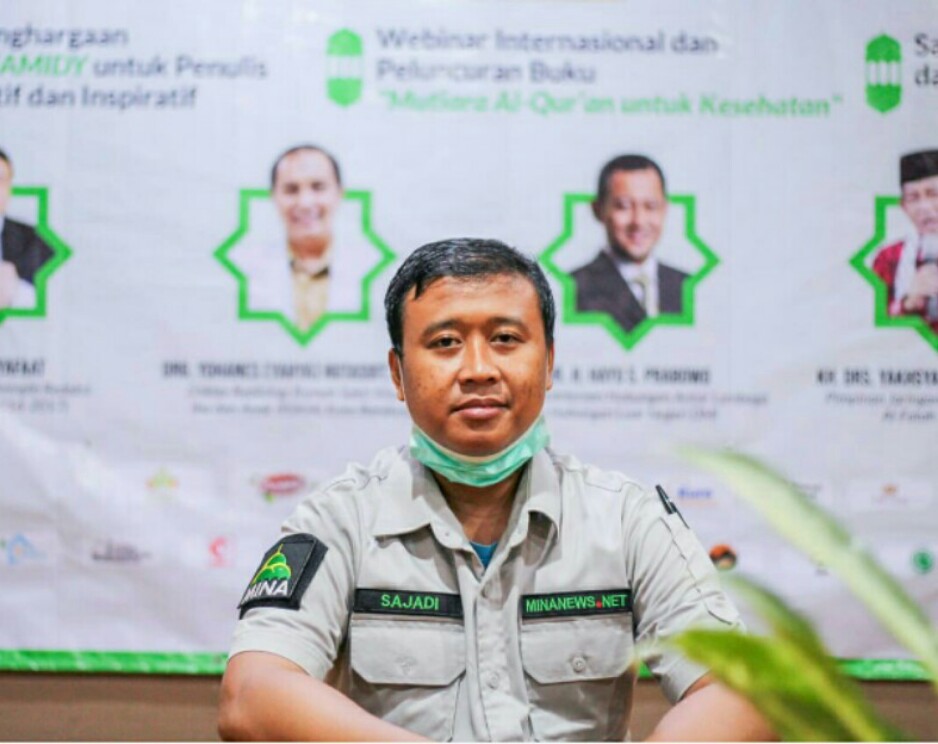







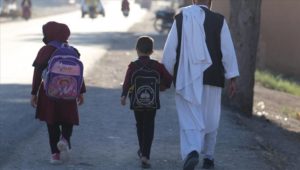



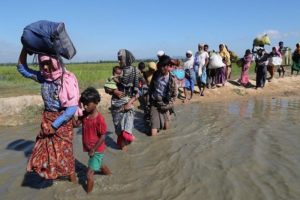
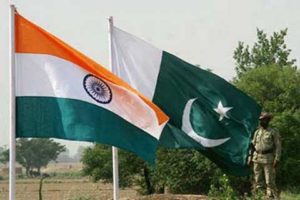
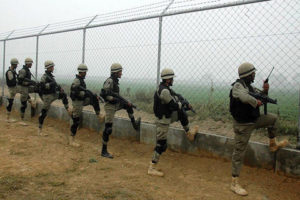
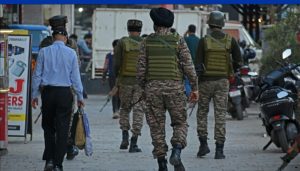







 Mina Indonesia
Mina Indonesia Mina Arabic
Mina Arabic